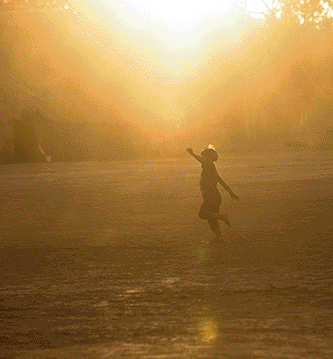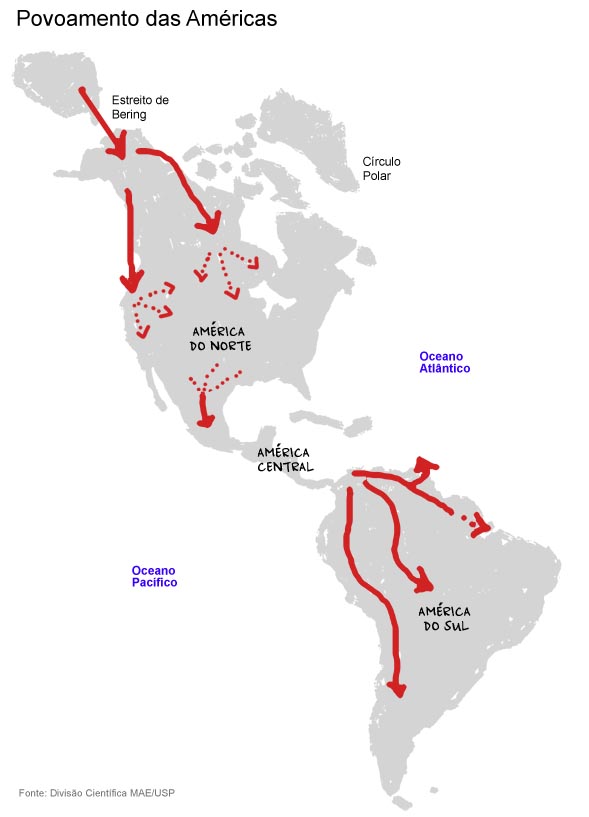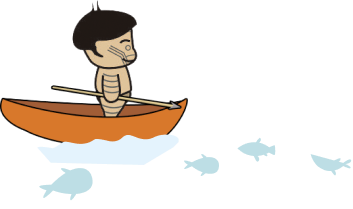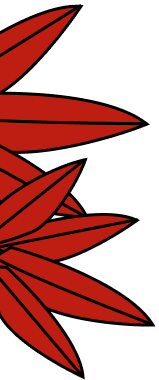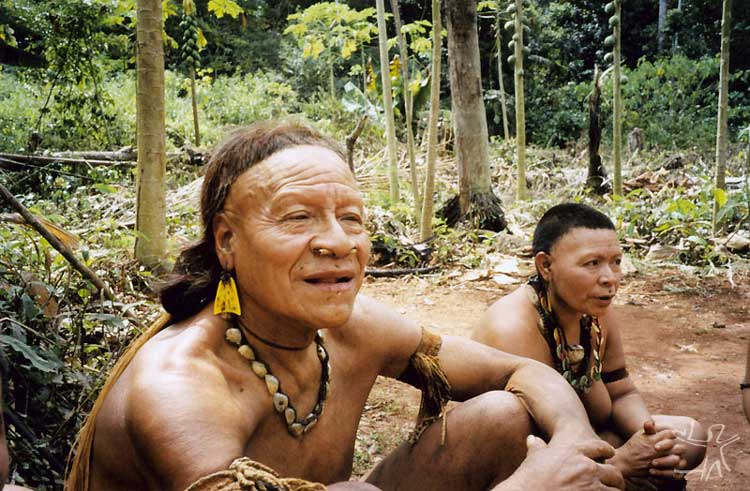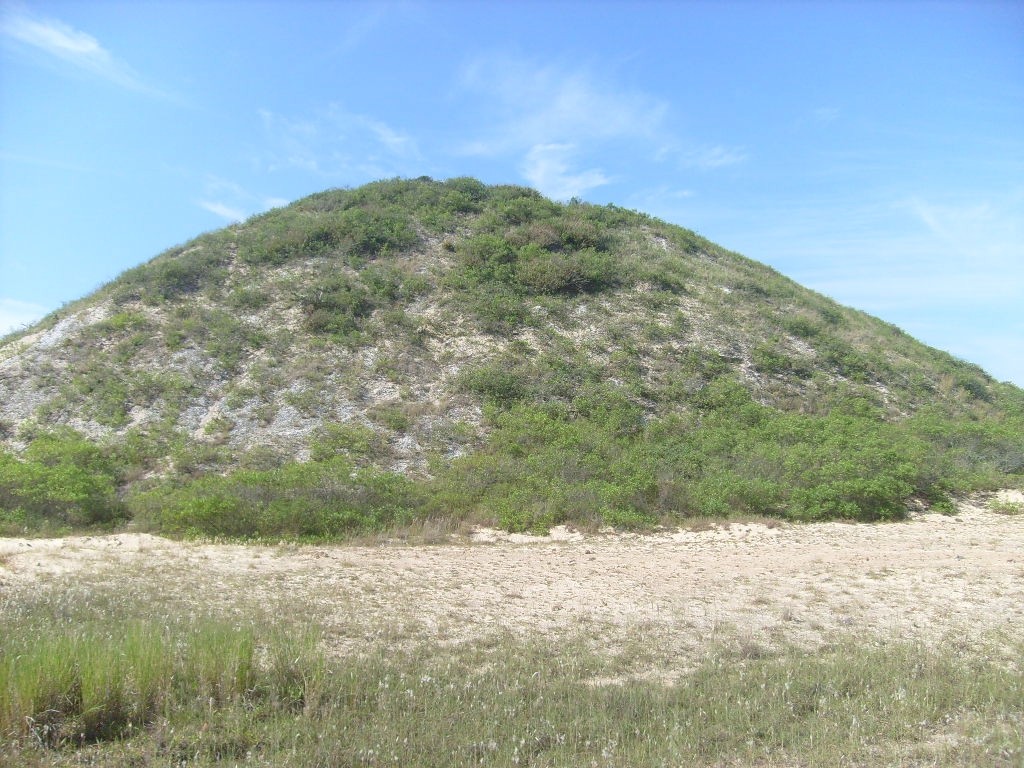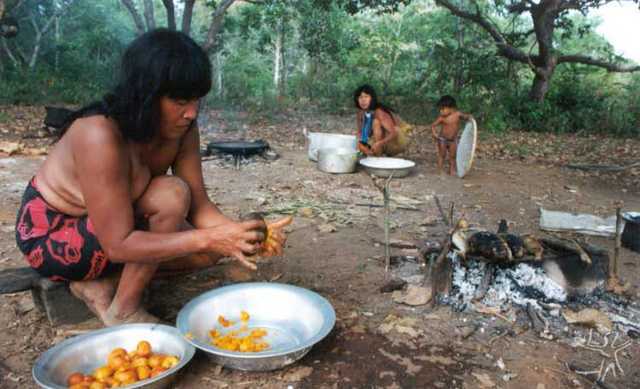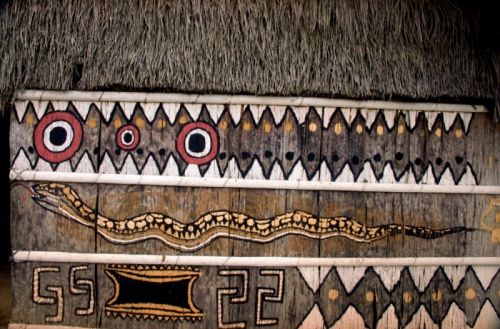Small groups of settlers would have adapted to life in the different natural environments that were taking shape across what we now call Brazil. Some settled in the Brazilian savannah (or cerrado), some in the Atlantic Forest, some in the Amazon rainforest. The differences between these natural environments helped create new languages and ways of life, and make the groups of people evolve differently from each other. When did all this happen? It happened in the period immediately following the Pleistocene Era. Archaeologists call this the Archaic Era. This was between two thousand five hundred and ten thousand years ago. During the period, human groups developed which were culturally very different from each other. An increase in the number of archaeological sites traced to this period demonstrates how the human population grew from millennium to millennium.
What is an archaeological site?
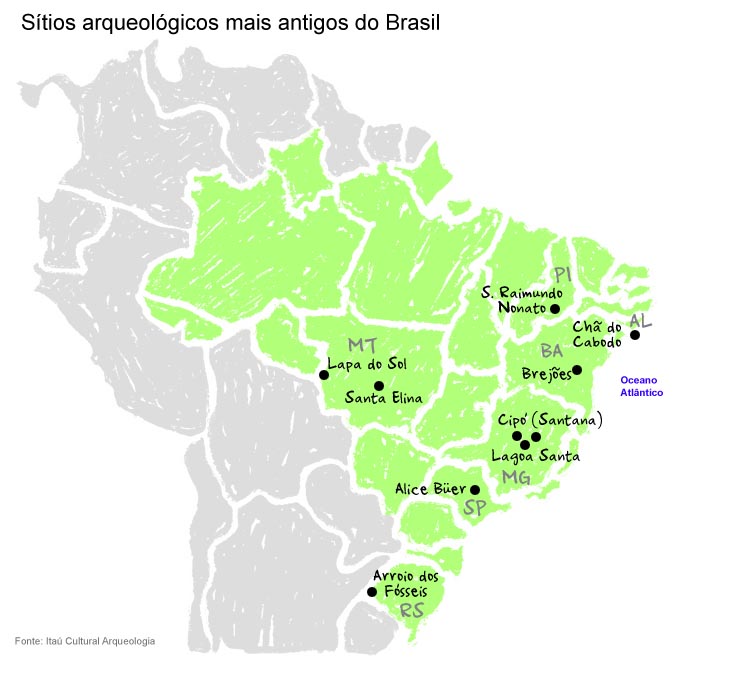
We can only find out about peoples who had no knowledge of writing through the material remains that they left behind. An archaeological site is what remains of things made and used by people living in a particular place. This might mean clay pots, pieces of axes or other stone tools, or signs of areas used for growing crops.
What were the big changes at the beginning of the Archaic period?
- There was a gradual increase in temperatures. This led to environmental changes. These, in turn, changed the lives of the first settlers in the Americas.Several of the changes were particularly important. Large areas of forest were formed. The river systems became more permanent. (They did not dry up for periods any longer.) And the amount of mangrove swamp (vegetation typical of where rivers meet the sea) increased.
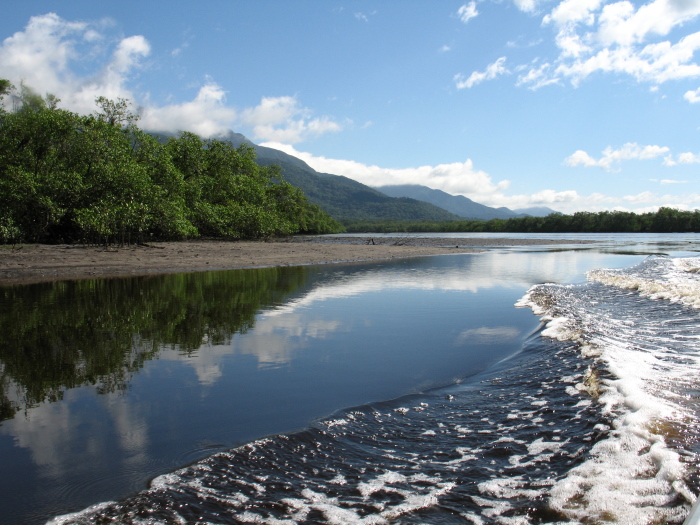
Claudio Tavares/ISA, 2008. 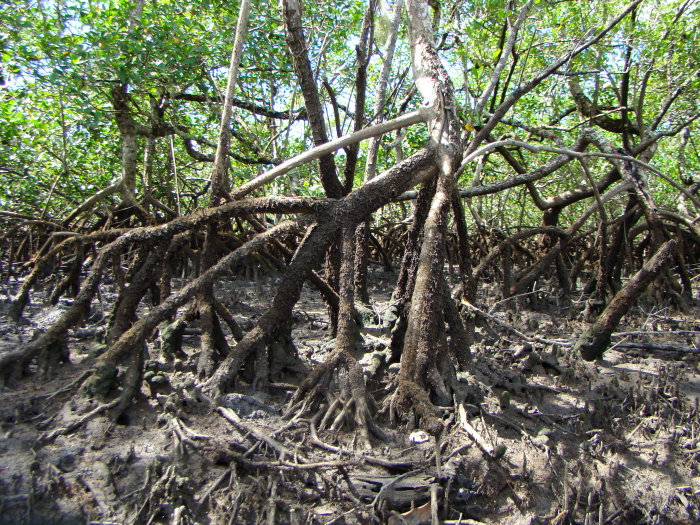
Claudio Tavares/ISA, 2008. It was an era when a great abundance of natural resources developed. And these are natural resources human beings have made use of ever since.
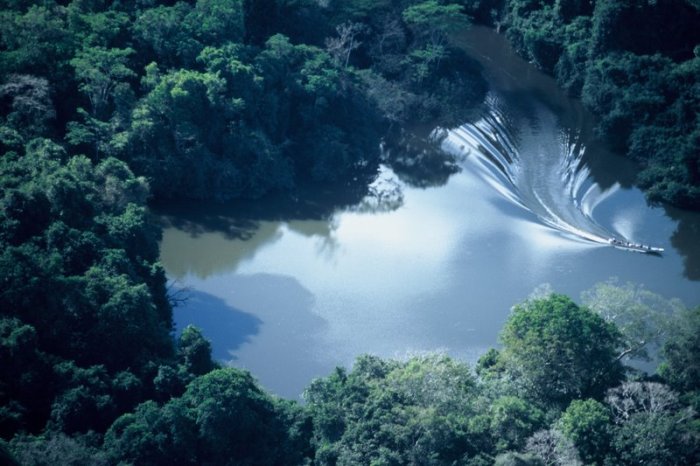
Pedro Martinelli/ISA, 2002. Studies suggest that a part of what is now the Amazon rainforest exists because of thousands of years of management of natural resources by indigenous peoples. The same can be said for other regions of Brazil. Managing a natural resource (such as a species of plant) means looking after it so that it does not run out. It can always, therefore, be used.
Did people continue to live as hunter-gatherers during the Archaic era?
Yes. There was a huge variety of natural resources available to them in the new environments taking shape. This made the original indigenous peoples learn more and more about the natural world around them. Over thousands of years, they became experts on animals and plants. Little by little they discovered how best to use and to manage the natural resources available to them.As their knowledge of the environment grew, so their populations expanded and changed. Gradually, indigenous settlers spread right across what is now called Brazil. Approximately 4 thousand years ago, these hunter-gatherers had occupied every region of the country.
Did these people know how to grow plants?
According to studies, the first human experiments with growing plants took place during the Archaic Era.
Júlia Trujillo, 2006. People started to cultivate and look after plants that they considered important. As agriculture developed, these people began living in fixed villages, and areas where there were plenty of animals to hunt.Were animals domesticated?They were in and around the Andes mountain range. But there are no signs of this in what we now call Brazil.
When did people first start growing crops for food?
Humans first started growing crops 3 to 4 thousand years ago. This is what is called agriculture. Agriculture arrived in what is now called Brazil about 2 thousand years ago. And Indians were growing tobacco, maize and chilli peppers across almost all of the Americas by the time the first Europeans arrived.
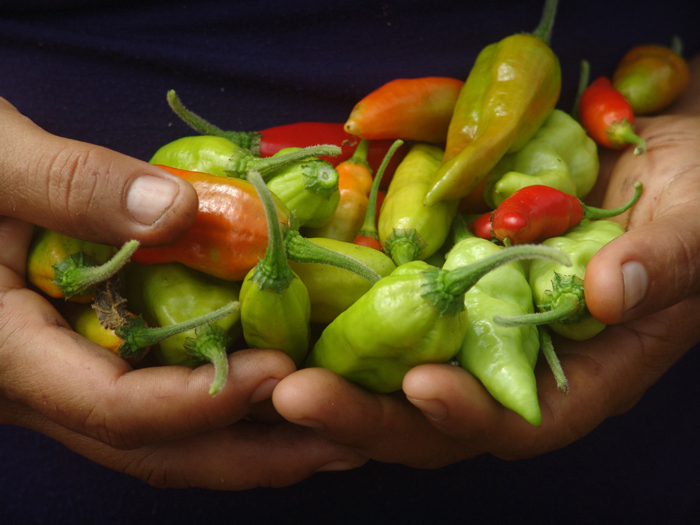
Beto Ricardo/ISA. 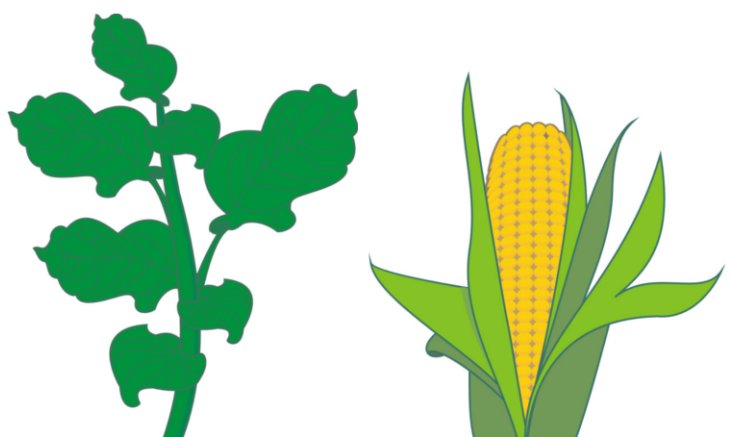
Ilustração de tabaco e milho, plantas cultivadas em quase todo o continente americano à época da chegada dos europeus. Ilustrador 8D - José Vitor Calfa. What important things have Amerindians given to other peoples of the world?
One of the most important things Amerindians have given to other peoples has been the plants that they learnt to cultivate before the colonial occupation of their land. Among these are all the different types of potato, yams, manioc, bananas, peanuts, pumpkins, passion fruit, cocoa beans, tomatoes, vanilla pods, pineapples, cashew nuts, papayas and other types of fruit!
When did the original people of Brazil give up being nomads?
At the end of the Archaic Era. About 2500 years ago. Many peoples who had developed simple stone tools gave up being nomads. Nomads are people who do not live in fixed homes. They spend their lives moving from one place to another.Indigenous people who had lived as nomads started to build villages. They began to permanently occupy large territories, with paths linking them together. The land was rich in natural resources (especially plants and animals). The people learnt how to store and to sustain these resources. Goods and knowledge were exchanged between different peoples. All these things led to rapid development. Populations grew, and so did the amount of land that they occupied.
What is known about the occupation of the coast of Brazil?
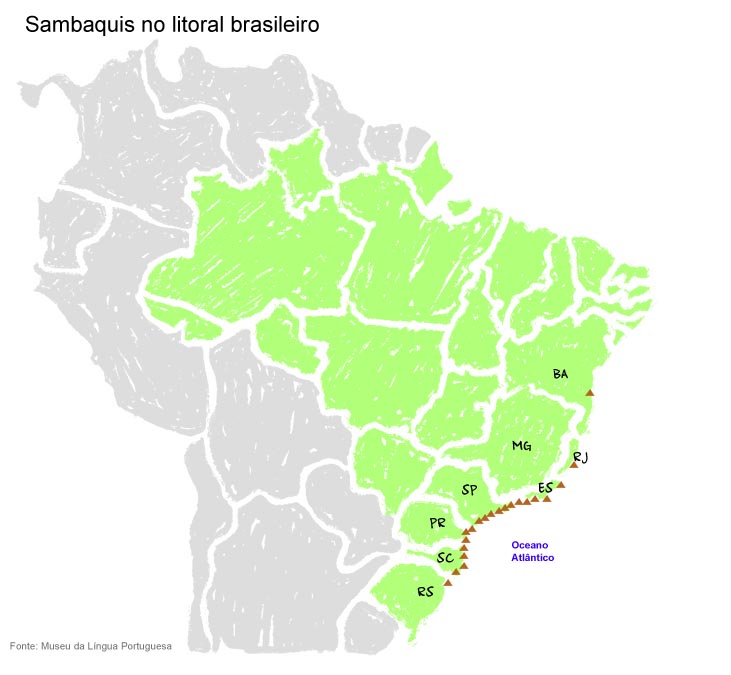
Museu da Língua Portuguesa. The best known archaeological sites along the coast are known as sambaquis. In Tupi languages sambaqui means a ‘pile of shells’. The sambaquis that remain mostly date back to between 1 and 4 thousand years ago. They are mounds made of the shellfish eaten by people long ago.
Silvia Futada, 2009. These mounds have also been found to contain human remains, carved stone tools and objects made out of bone, teeth and shell. Sambaquis have been found right the way from the north east cost of Brazil, where they are rare, to the state of Rio Grande do Sul, in the south.They vary in size. Some are small piles 10 metres long, 2 metres tall. Some are small mountains, stretching for 500 metres, and rising 60 metres into the air.
Why were the sambaquis made?
Recent studies show that these sambaquis were important. They could be seen from far away.
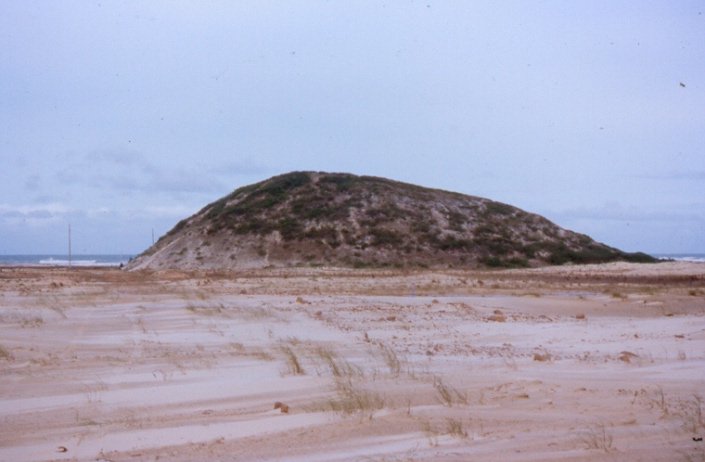
Paulo De Blasis. They acted as territorial landmarks. The indigenous groups who made them are known now as sambaqui societies. Do these sambaquis still exist?Yes. But only if they have not been destroyed by rising sea levels. The oldest sambaquis are now under water. Those that remain were originally built away from the coast.
When the Portuguese first arrived, did they make contact with the sambaqui societies?
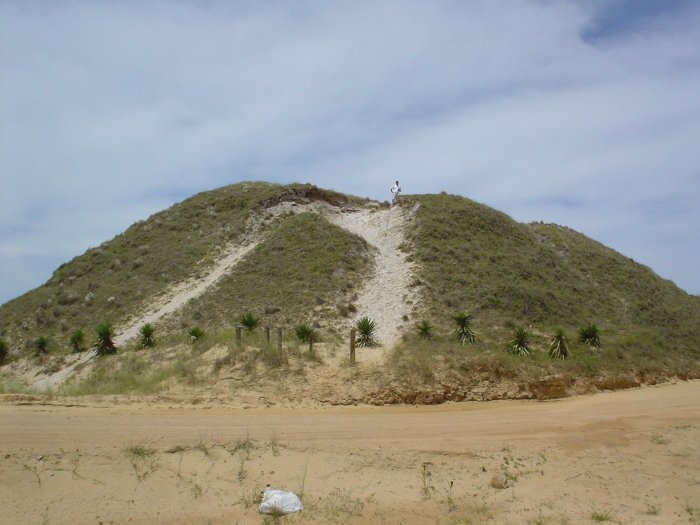
Paulo De Blasis. No. They came into contact with other, quite different, indigenous groups. The indigenous people that the European explorers met, and wrote descriptions of, spoke Tupi languages. They lived in large villages, some of which had 2 thousand inhabitants. And their main means of survival was agriculture.
What happened to the sambaqui societies?
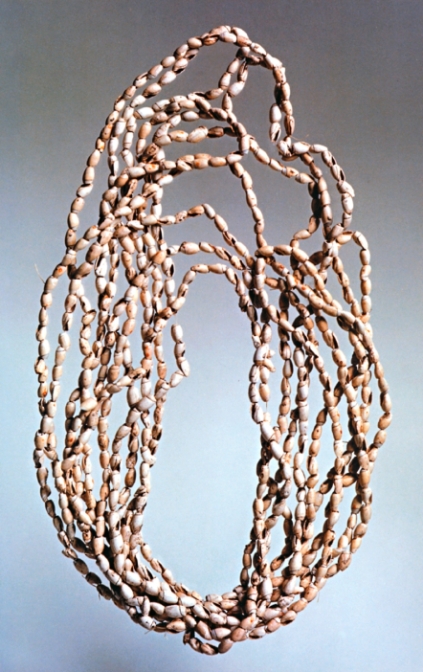
Wagner Souza e Silva (MAE/USP) They disappeared! Nobody knows why. But one of the main reasons seems to have been the arrival of other indigenous peoples. Many indigenous groups that spoke Tupi languages arrived in the coastal regions around 2 thousand years ago.
How did these indigenous groups that spoke Tupi languages live?
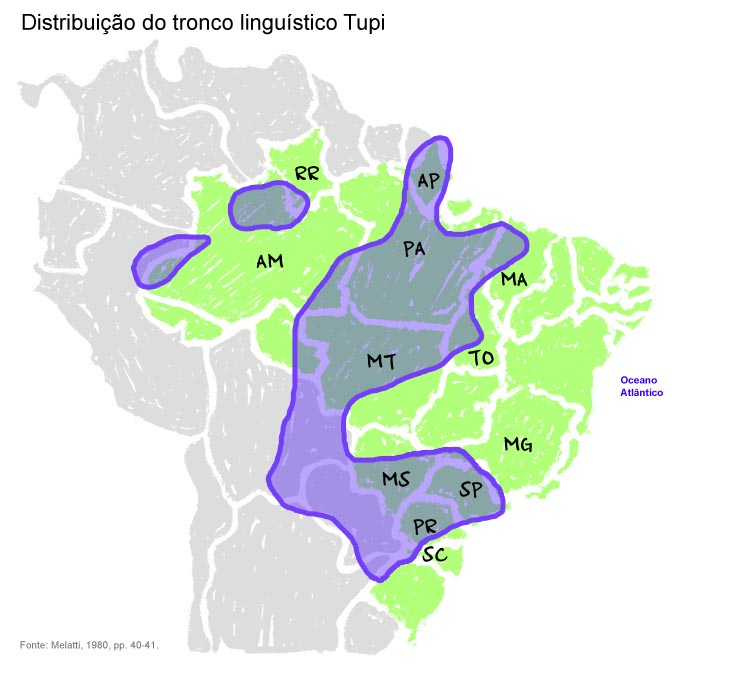
Melatti, 1980 pp. 40-41 They mainly lived by growing crops. They used a system of slash-and-burn agriculture. The popular term for this in Brazil is roça. It refers to cultivated clearings or gardens. The Tupi peoples used the crops they grew to trade with the Europeans. They exchanged them for axes, knives, cloth, mirrors and other things they wanted.
What is slash-and-burn agriculture?
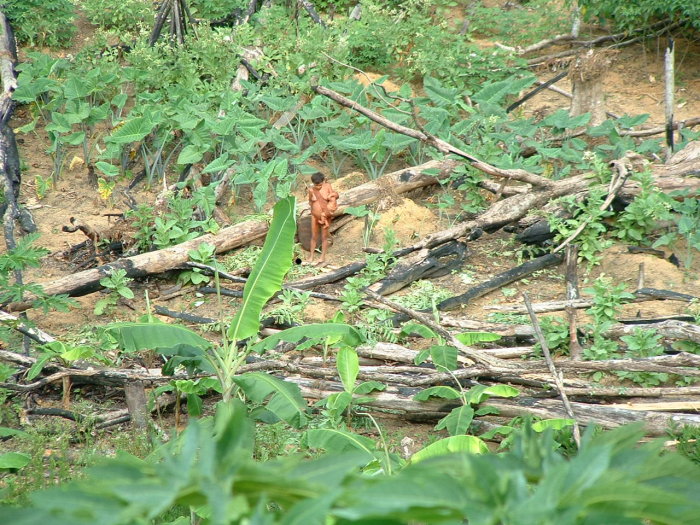
François-Michel Le Tourneau, 2006. First an area of forest is cut down. The felled vegetation is allowed to dry out. Then it is burnt. This clears the area, and covers it with ash. After that, the clearing is tidied up. Branches and unburned remains of tree trunks are removed.
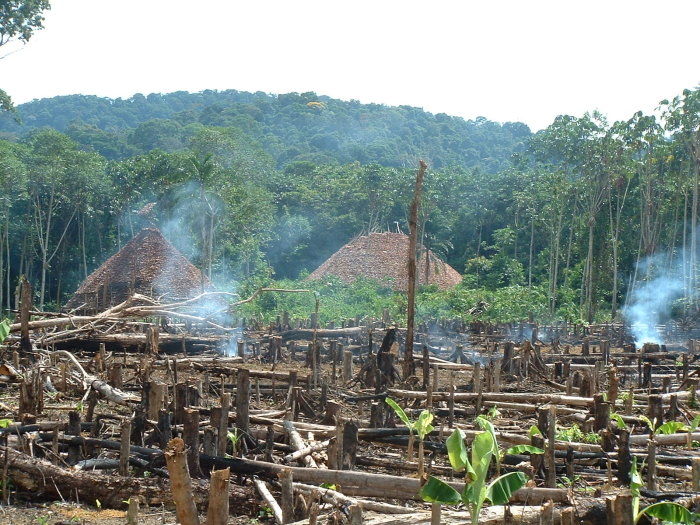
François-Michel Le Tourneau, 2006. And, when it rains, a variety of different species are planted in the clearing. These might include maize, beans, manioc, potatoes and yams. This way of planting guarantees that the soil remains fertile. It also reduces the chance of pests. The clearing just has to be weeded and tended. Until today, slash-and-burn agriculture is used throughout Brazil. It leaves a minimal environmental impact. Large areas are not deforested. And forest can naturally re-grow when the clearing is abandoned after some years.
Where did the people who occupied the coastal areas of Brazil come from?
They came from inland. According to linguistic and archaeological studies, the indigenous groups which spoke languages from the Tupi linguistic branch were descended from one original people. 4 or 5 thousand years ago the population of an indigenous group living between the lower and the middle reaches of the River Amazon greatly increased. As a result, members of this group spread out and occupied much of the territory now known as Brazil. To find out what a linguistic branch is, go to Indigenous languages..
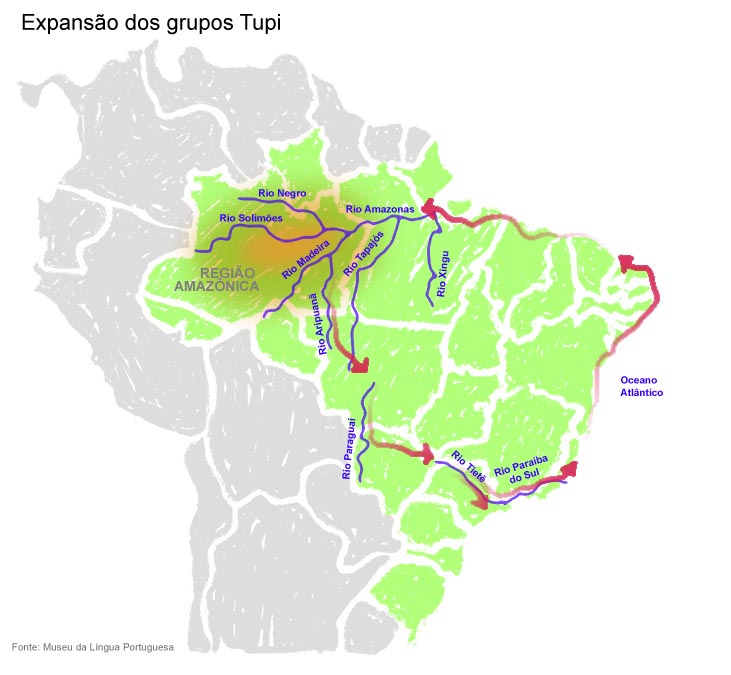
Museu da Língua Portuguesa. Place names are good indications of the way that these Tupi speaking peoples spread. There are places with Tupi names right across Brazil. The name Araraquara is a good example of this. It is the name of a city in the south east of Brazil, in the state of São Paulo. It is also the name of a river found right to the north of the country in the state of Amazonas!The most important archaeological remains left by these Tupi people are pieces of clay pots and bowls found where they built villages.
Did the Tupi-speaking peoples also inhabit the central plains of Brazil?
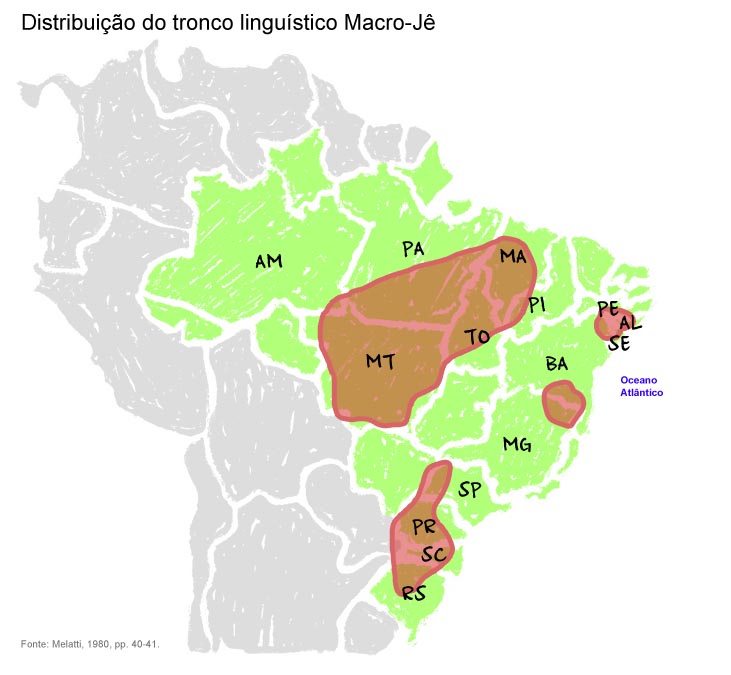
Melatti, 1980 pp. 40-41 No. Indigenous groups quite different to the Tupi peoples lived in the region now called The Central Brazilian Plain. This is a dry area formed of high ridges and flat-topped mountains. It is an environment known as ‘Brazilian savannah’ or cerrado. Societies developed in this region with customs very different to those of the Tupi. They were people who spoke languages from the Macro-Jê linguistic branch.. To find out what a linguistic branch is, go to Indigenous languages.
When did the Jê-speaking indigenous groups arrive in central Brazil?
Roughly 11 thousand years ago. And, until 2 thousand years ago, the Jê were groups of nomadic hunter-gatherers. Then, about 1400 years ago, big changes in the lifestyles of these people took place. They began living in large villages and growing crops. Their villages were generally circular, and this type of settlement spread right across the region! Archaeological research has found elaborate ceramic work dating back to the people of this period.
How was the Amazon region populated?
For many years, books described the Amazon rainforest as a ‘green desert’. In other words, it was considered to be an empty region where there was nothing but endless forest. Everyone assumed that it could only have been recently occupied, and by very few people. Recent studies suggest that exactly the opposite is true.
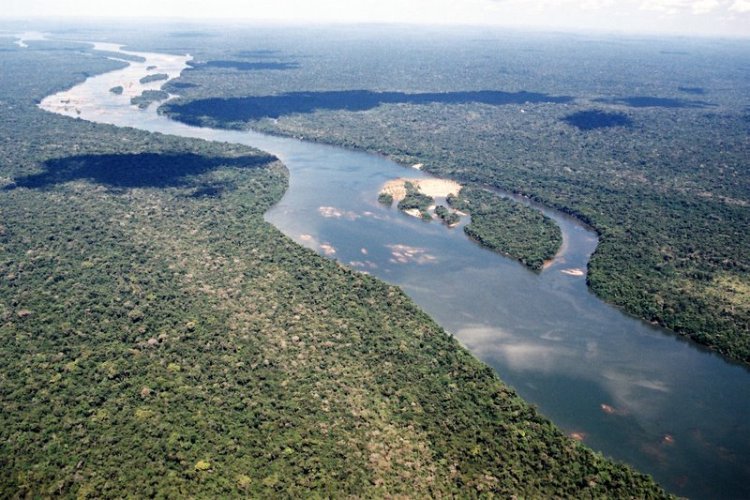
Pedro Martinelli/ISA, 2002. 
Pedro Martinelli/ISA, 2002. The history of human occupation in the Amazon region goes back at least 11 thousand years. At that time, people did not know about agriculture. All the signs are that the first groups to live in the forest had lifestyles based around hunting, fishing and gathering. They also grew some planted some things, such as pupunha palm trees, papayas, chilli peppers and manioc.
Whereabouts did people first become skilled at making ceramics?
In the Amazon! It was there that the techniques for producing ceramics were first developed. And it was from the Amazon region that these and other skills spread.
Remains of ceramic pots 8 thousand years old have been found along the River Amazon and some of its tributaries. (Tributaries are smaller rivers which flow into a larger river.) These remains demonstrate that the skills for making ceramics originated in the area. And they suggest that people settled alongside the rivers of the Amazon region and adapted their lifestyles to the environment. It was a region which would have offered a wealth of possibilities in terms of fishing, gathering and growing different foods. The riverside populations would have cultivated crops such as pumpkins, manioc and maize.
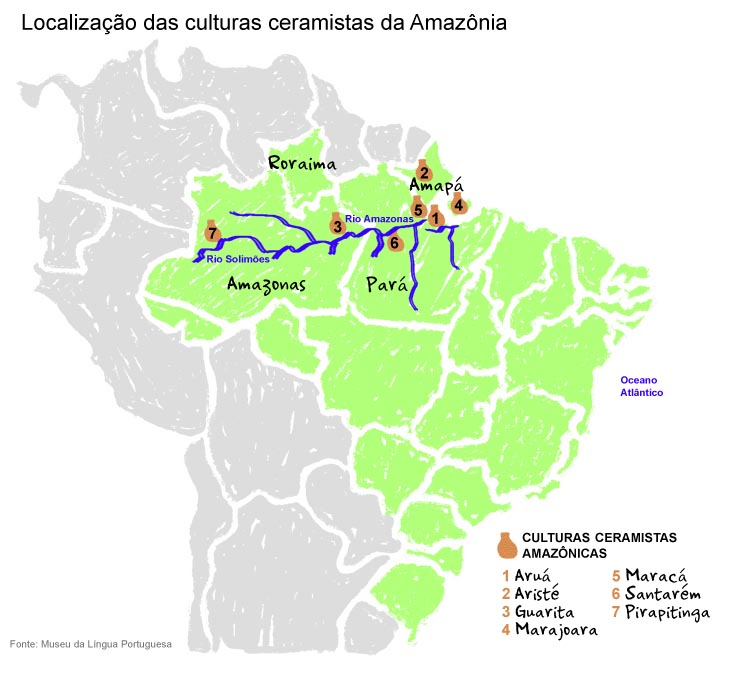
Museu da Língua Portuguesa. Around a thousand years ago, sophisticated societies developed along the River Amazon. Examples were the Marajoara and Tapajônica peoples. Their elaborate decorations and ceramics are examples of the importance of beauty to indigenous cultures from the Amazon. Some of the characteristics of the peoples of the Andes mountains grew directly from these cultures in the Amazon. As such, the Amazon can be seen as the birthplace of various indigenous peoples. They started there and went on to occupy large parts of what is now Brazil.

Wagner Souza e Silva (MAE/USP) 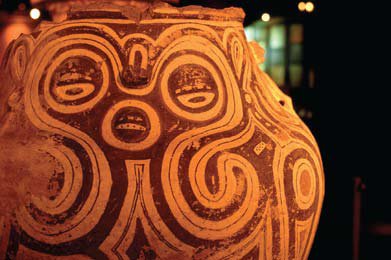
Maurício de Paiva/Entorno Sources of information
- Museu de Arqueologia e Etnologia-MAE
Brasil 50 mil anos: Uma viagem ao passado pré-colonial (Guia temático para professores)
- Museu de Arqueologia e Etnologia-MAE
Programa de educação patrimonial do levantamento arqueológico do gasoduto coari-manaus (Guia temático)
- Eduardo Góes Neves
Os índios antes de Cabral: arqueologia e história indígena no Brasil, do livro A temática indígena na escola: novos subsídios para professores de 1° e 2° graus (1995).


 Portugues
Portugues
 German
German
 Spanish
Spanish
 Norwegian Bokmål
Norwegian Bokmål
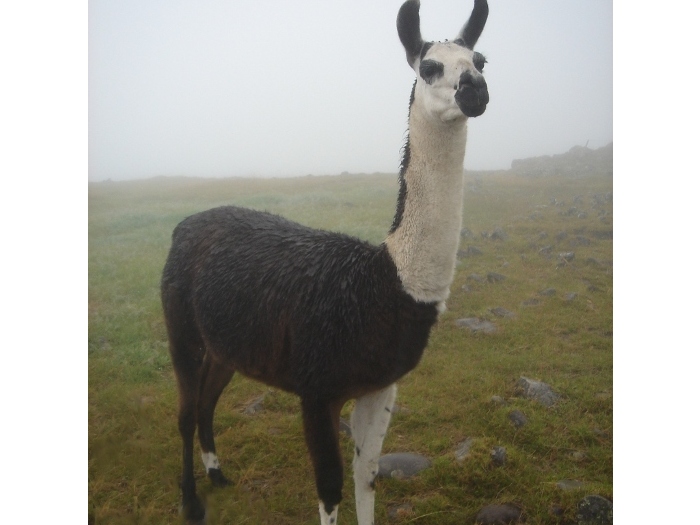
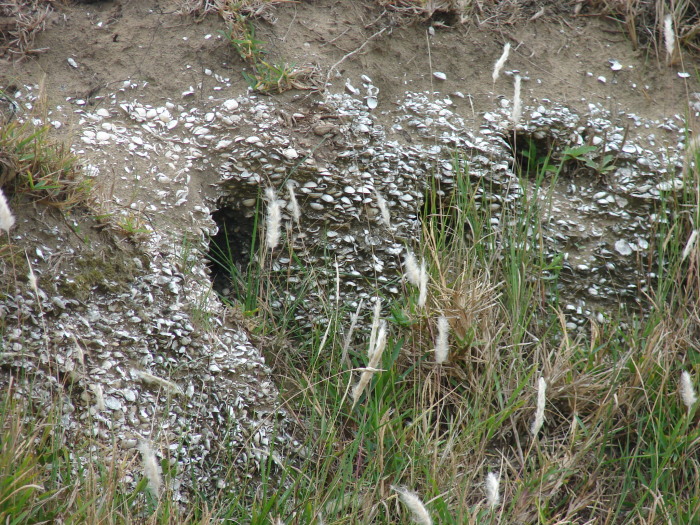
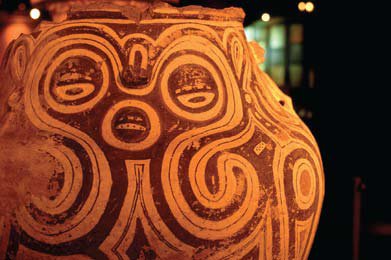 Population in America
Population in America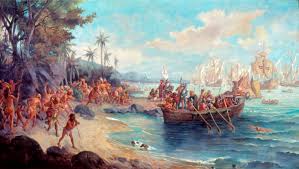 Before Cabral
Before Cabral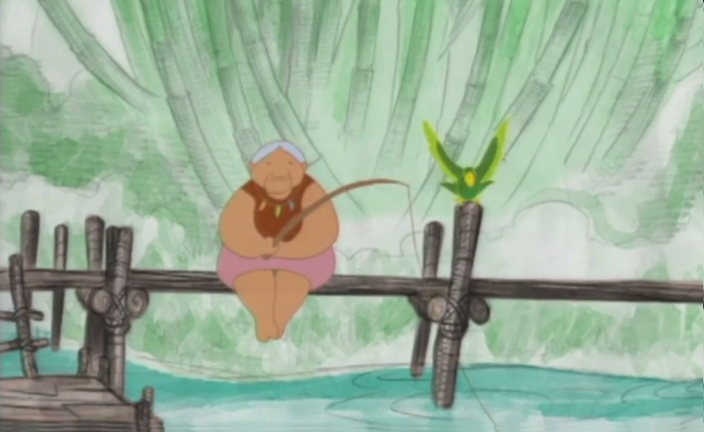 Ilya e o fogo
Ilya e o fogo String figures: Ketinho Mitselü
String figures: Ketinho Mitselü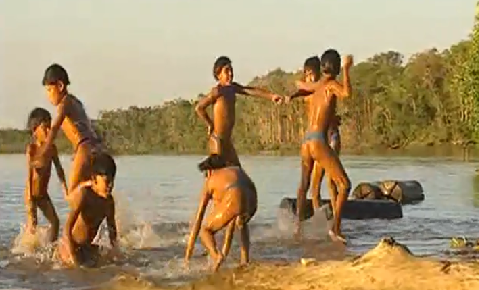 Toys and games of the Kalapalo: Ikidene
Toys and games of the Kalapalo: Ikidene